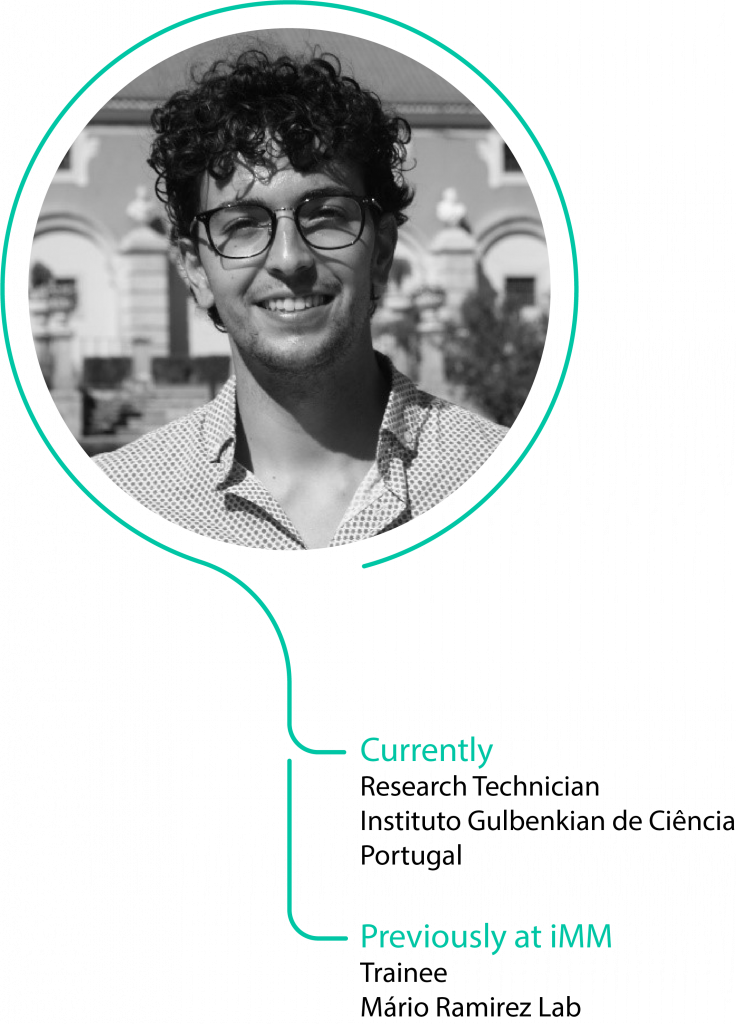Pedro Marinho
.

Biosketch
I studied Cell and Molecular Biology for my bachelor’s degree for three years in the NOVA University of Lisbon, south of the Tagus. It was heavily practical degree, which at the time also required a small 1-month internship in the final year, which I did in the Instituto Gulbenkian de Ciência. During those years, I also sought an internship with Technophage, a start-up at the IMM, where I worked with bacteriophages to treat human infections.
For my master’s I took the Microbiology degree, a shared program between several colleges of the University of Lisbon, based at the IST. For my final thesis I conducted a year-long project at the Instituto de Microbiologia of the Faculdade de Medicina/Instituto de Medicina Molecular, under the supervision of Prof. Dr. Thomas Hanscheid. The project was titled “Improved Acid-Fast Stain and Histology Method for the Detection of Mycobacteria in Tissue Samples”. I showed that typical histology methods for processing formalin-preserved-paraffin-embedded tissue samples using xylene had a degrading effect on Mycobacteria cell integrity. I proposed a novel method to deparaffinize samples, which results in better stain retention and therefore can increase the sensitivity of diagnosis by microscopy.
Since then, I have been working as a research technician for Dr. Luis Teixeira’s Host-Microbe Interactions lab at the Instituto Gulbenkian de Ciência. We are studying the endosymbiont Wolbachia, known to protect insects against several RNA viruses. It has been employed in wild populations of mosquitos to prevent the spread of arboviruses causative of human diseases such as Dengue, Yellow Fever and Chikungunya. Specifically, we want to understand the genetic factors behind this phenotype. Because Wolbachia is, thus far, unculturable, we cannot use typical genetic manipulation tools. Instead, I am doing this by using chemical and physical mutagens to generate random Wolbachia mutants and perform forward and reverse genetic screens to identify genes of interest and perhaps to find more efficient Wolbachia strains.
Testimony
At iMM, I had the opportunity to take part in several of the institute’s regular talks/seminars and to interact with a few of the facilities. I have always found a friendly face, willing to help and collaborate, with deep interest in research. It is a place that fosters personal and professional development, in a great environment and exceptional facilities. During both my MSc research project and a previous internship, it was at the IMM that I got to explore my love of research for the first time, which I will cherish forever.
Contact


